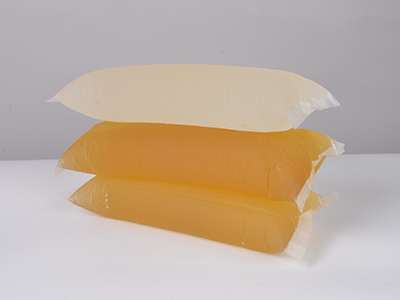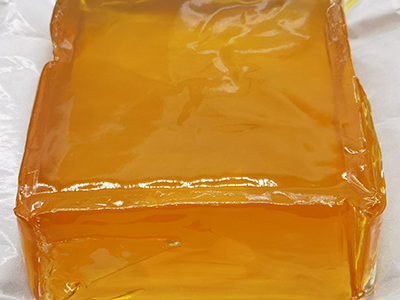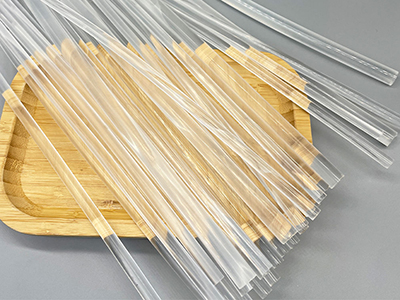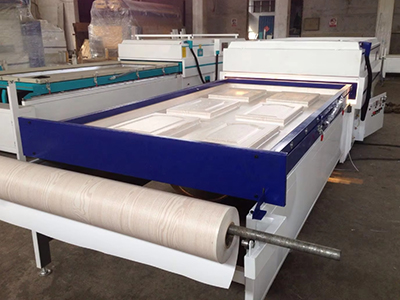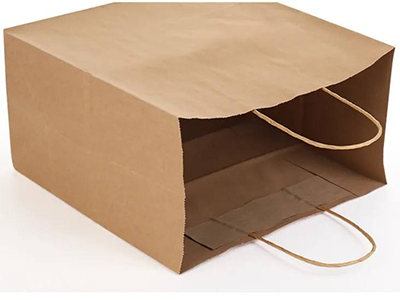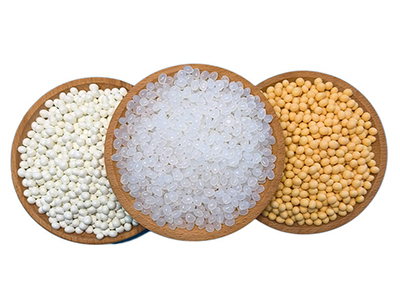Introduction
Pressure sensitive adhesives (PSAs) are widely used in a variety of applications due to their ease of use and strong bonding properties. Unlike traditional adhesives that require curing time, PSAs bond instantly with the application of pressure. In this article, we will explore how long it takes for pressure sensitive adhesive to dry, the factors that influence this process, and tips for achieving optimal bonding.
What is Pressure Sensitive Adhesive (PSA)?
Pressure sensitive adhesive is a type of adhesive that forms a bond when pressure is applied to adhere the adhesive to the substrate. PSAs do not require water, solvent, or heat activation to bond, making them convenient for a wide range of applications. Common uses include tapes, labels, stickers, and mounting adhesives.
Drying Time of Pressure Sensitive Adhesive
The term “drying time” is somewhat misleading when it comes to PSAs because they do not undergo a traditional drying or curing process. Instead, PSAs bond immediately upon the application of pressure. However, there are factors to consider for achieving the best bond strength over time.
Factors Influencing Bond Strength
- Initial Tack: PSAs provide immediate bonding upon application of pressure. This initial bond, known as tack, is strong enough for most purposes right away.
- Bond Strength Development: While the initial tack is immediate, the bond strength of PSAs can increase over time. This is known as adhesion build-up. Typically, the bond strength reaches its maximum within 24 to 72 hours after application.
- Surface Preparation: Clean and dry surfaces are essential for optimal bonding. Any dirt, oil, or moisture can affect the adhesive’s performance.
- Application Pressure: Adequate pressure must be applied to ensure good contact between the adhesive and the substrate. The amount of pressure needed can vary depending on the PSA type and the materials being bonded.
- Temperature and Humidity: Environmental conditions can affect the performance of PSAs. Optimal bonding typically occurs at room temperature and moderate humidity levels. Extreme temperatures and high humidity can impact the adhesive’s effectiveness.

Tips for Optimal Bonding
- Surface Preparation: Ensure that surfaces are clean, dry, and free of contaminants. Use isopropyl alcohol or another suitable cleaner to prepare the bonding area.
- Apply Adequate Pressure: Use a roller or firm hand pressure to apply the adhesive. Ensure uniform pressure to avoid air bubbles and ensure full contact.
- Allow Time for Adhesion Build-Up: While PSAs provide immediate tack, allowing 24 to 72 hours for the adhesive to build up strength can enhance the bond’s durability.
- Avoid Extreme Conditions: Apply PSAs at room temperature and avoid exposing the adhesive to extreme temperatures or high humidity during the initial bonding period.
Conclusion
Pressure sensitive adhesives bond instantly upon the application of pressure, providing immediate tack. However, for optimal bond strength, it is recommended to allow 24 to 72 hours for the adhesive to build up its full bonding capabilities. By ensuring proper surface preparation, applying adequate pressure, and considering environmental conditions, you can achieve strong and durable bonds with pressure sensitive adhesives for a wide range of applications.


